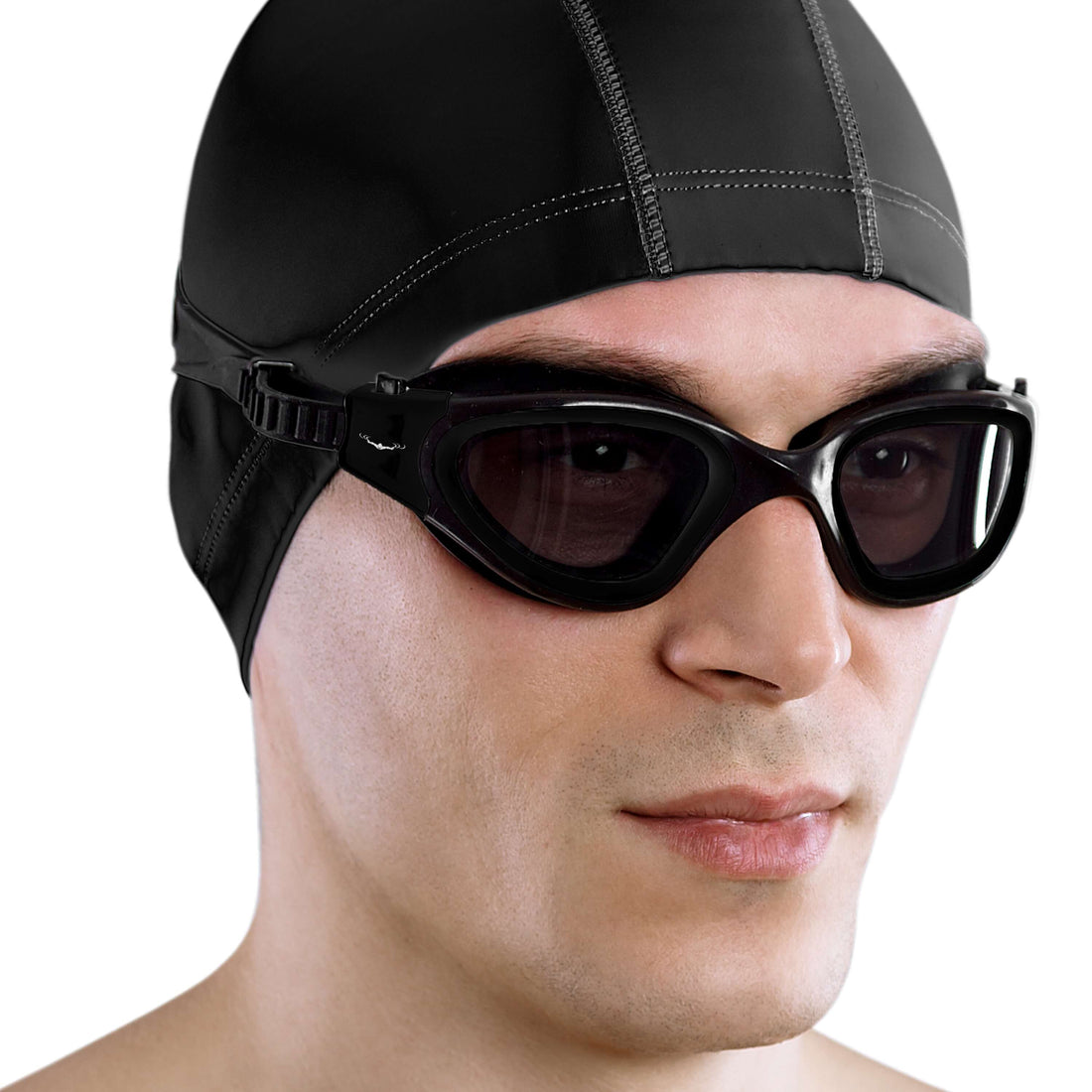Swimming is not just a physical exercise; it’s an art that requires precision, practice, and the right techniques. One of the most crucial elements of swimming is breathing. Proper breathing techniques can enhance your performance in the water significantly. In this article, we will explore various effective breathing methods for swimmers, ensuring that you can maximize your efficiency and maintain performance underwater.
The Importance of Breathing in Swimming
Breathing may seem like a simple task, but for swimmers, it plays a vital role in performance. Proper breathing techniques can help with the following:
- Oxygen Intake: Adequate oxygen is necessary to fuel your muscles, especially during strenuous swimming exercises.
- Stroke Efficiency: Breathing at the right moment can enhance stroke efficiency, allowing you to glide through the water effortlessly.
- Relaxation: Controlled breathing techniques help to calm your mind and keep you relaxed, which is crucial for maintaining focus and stamina.
Essential Breathing Techniques for Swimmers
1. Diaphragmatic Breathing
Diaphragmatic breathing, also known as abdominal or belly breathing, is critical for swimmers. This technique involves engaging the diaphragm fully, allowing for a deeper and more efficient breath.
To practice diaphragmatic breathing, follow these steps:
- Start by lying on your back or sitting comfortably.
- Place one hand on your chest and the other on your abdomen.
- Inhale deeply through your nose, ensuring your abdomen rises while your chest remains relatively still.
- Exhale slowly through your mouth, feeling your stomach fall.
Incorporating this technique while swimming can help improve lung capacity and overall breathing efficiency.
2. Timing Your Breath
Timing your breath while swimming can be challenging, especially when you are focused on your strokes. However, learning to time your breath correctly can enhance your fluidity in the water.
Here are some tips for proper breath timing:
- Breath with Your Stroke: Coordinate your breathing with the rhythm of your arms. For example, in freestyle, turn your head to the side as your arm is entering the water.
- Practice Bilateral Breathing: This means breathing on both sides while swimming. It helps to develop a more balanced stroke and prevent injury.
- Count Your Strokes: Count the number of strokes you take before you breathe. This helps you establish a consistent breathing pattern.
3. Controlled Exhalation
Underwater exhalation is just as essential as inhalation. Controlled exhalation through your nose can increase relaxation and help prepare you for your next breath.
Practice this technique while swimming:
- Take a deep breath before submerging your face in the water.
- As you swim, exhale slowly and steadily through your nose, releasing air in small bubbles.
- Ensure to fully exhale before you turn your head to inhale, allowing maximum air exchange.
Breathing Techniques for Different Swimming Styles
Freestyle
Freestyle breathing often poses challenges for swimmers since it requires a balance between speed and oxygen intake. Here’s how to enhance your breathing technique in freestyle:
- Head Position: Keep your head aligned with your spine, which facilitates better breathing. Avoid lifting your head too high, as this can cause drag.
- Relax Your Neck: Tension in the neck can restrict breathing. Keeping it relaxed will help maintain a smooth head rotation.
- Breath Timing: Practice breathing every two to three strokes to allow for even muscle fatigue and improve rhythm.
Breaststroke
In the breaststroke, breathing occurs during the pull phase. Here are some tips for effective breathing:
- Timing: As your hands are pulling towards your chest, lift your head to take a breath.
- Body Position: Keep your body at a horizontal position to minimize resistance while you inhale.
- Exhalation: Exhale through your mouth as your head is back in the water, creating a consistent flow of air exchange.
Butterfly
The butterfly stroke requires unique breathing techniques due to its demanding nature. Here are effective strategies:
- Two Kick-One Breath: Coordinate your breath so that you take a breath once for every two kicks.
- Head Position: Look forward when you breathe to keep your body streamlined.
- Quick Breaths: This stroke requires quick inhalations as the body rotates; minimize the time spent with your head above water.
The Role of Equipment in Breathing Techniques
Swimmers often utilize equipment such as swimming goggles and swimming caps to enhance their performance, which can indirectly affect breathing techniques.
Swimming Goggles
Wearing appropriate swimming goggles keeps your eyes safe from the water and ensures you can maintain visual contact with the surroundings. This is essential for timing your breath accurately without distractions.
Swimming Caps
Swimming caps help maintain streamline form and reduce drag, allowing swimmers to focus more on their stroke and breathing techniques. By minimizing water resistance, you can devote more energy to proper breathing coordination.
Practicing Breathing Techniques
The best way to master breathing techniques is through consistent practice. Here are some strategies to incorporate breathing techniques into your routine:
- Drills: Engage in specific drills focusing on breath control and timing. For example, use a “3-3-3 drill,” where you swim three strokes of freestyle, then take a breath, alternating sides.
- Swimming without Breathing: Challenge yourself by swimming for multiple lengths without taking a breath; this enhances your ability to hold air longer.
- Breath Control Exercises: Practice breathing exercises on dry land to improve lung capacity. Yoga and Pilates are excellent ways to integrate breath control into your routine.
Keeping Your Mind in the Game
Aside from physical practice, mental preparation is key to mastering breathing techniques. Visualization, mindfulness, and relaxation techniques can enhance your performance in the water.
- Visualization: Picture yourself swimming and executing perfect breathing techniques. This mentally prepares you for actual swimming sessions.
- Mindfulness: Acknowledge your breath and stay focused while swimming. Being aware of your breathing rhythm can improve performance.
- Positive Affirmations: Use positive affirmations to maintain a confident mindset. Repeat phrases like “I breathe easily and efficiently” to foster a positive swimming experience.
Ride the Wave to Mastery
Perfecting your breathing techniques can boost your swimming performance significantly. From mastering diaphragmatic breathing to coordinating your strokes, implementing these practices can transform you from a good swimmer into a great one. Remember, they say the water is where you truly find yourself; harness your breath, and ride the wave to mastery!
Explore the Shopify store of a user by clicking here. Keep in mind that this is a promotional link, and we are not responsible for the content on the linked store.










